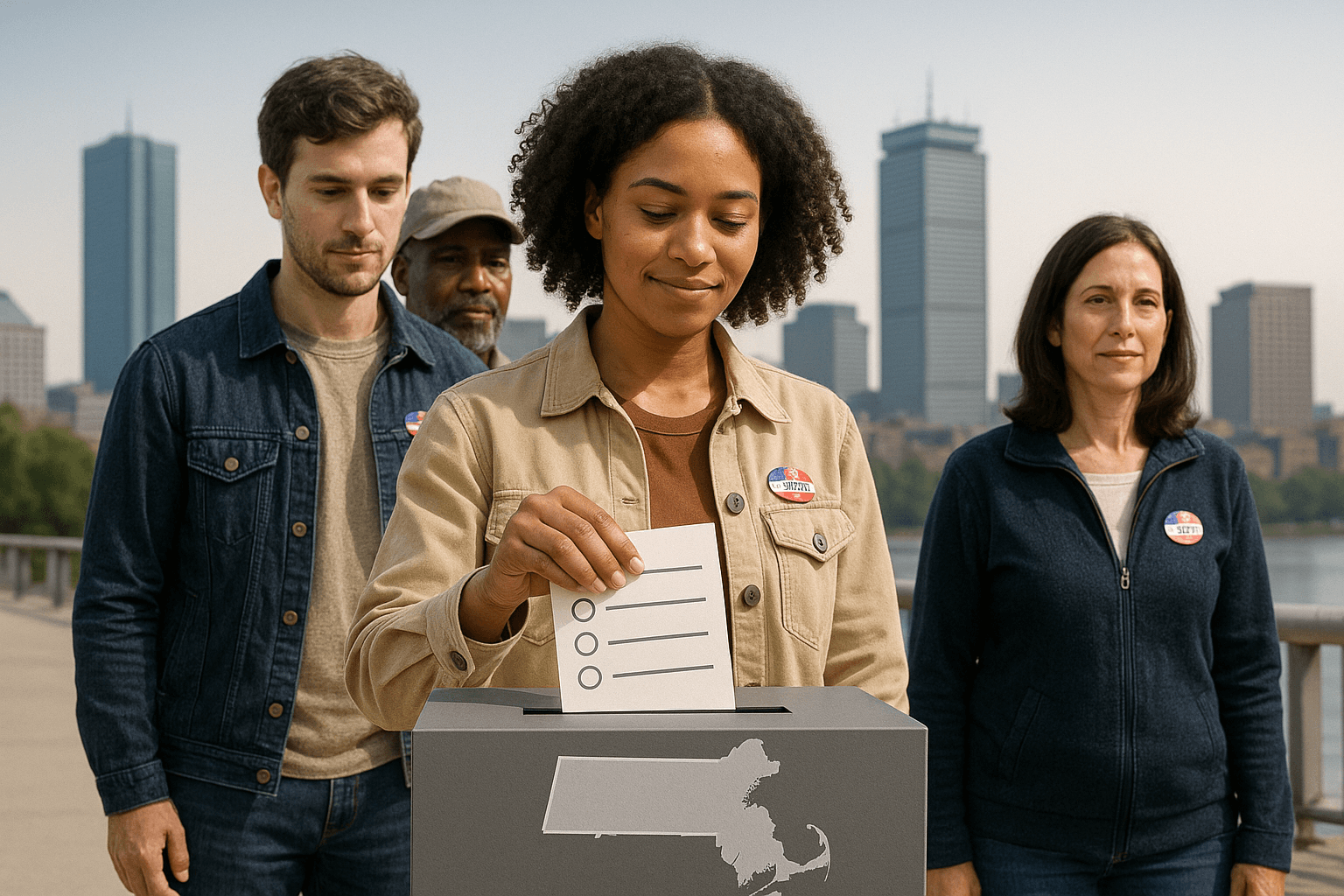Support for Political Parties in Arizona Continues to Drop

While the initiative failed to garner voter approval, support for the major political parties continues to fall in the state. Currently, the number of registered, nonaffiliated voters is 1,085,237. This is an increase of approximately 10,000 voters since the last report on voter registration in Arizona released earlier this year.
The total number of active registered voters in the state rose 2,302 to 3,227,819, which means independent voters make up roughly a third of the registered electorate in Arizona. Additionally, it means that the rise in nonaffiliated voters has more to do with people leaving the major political parties than the addition of new registered voters.
Over the last few months, the Republican Party lost 2,546 voters (now at 1,139,154). The current registration for the Democratic Party is 972,626 -- a loss of 6,545.
More voters are choosing not to affiliate with the mainstream political parties not only in Arizona, but also nationwide. Yet, the current electoral system in Arizona requires a third of the electorate to sacrifice their individual right not to associate with an organization if they do not want to and their individual right to have full participation in elections, which is fundamental to our democratic process.
Everyone, regardless of who they are or their political affiliation, has a right to full, meaningful participation in the electoral process.
Photo Credit: Vepar5 / shutterstock.com


